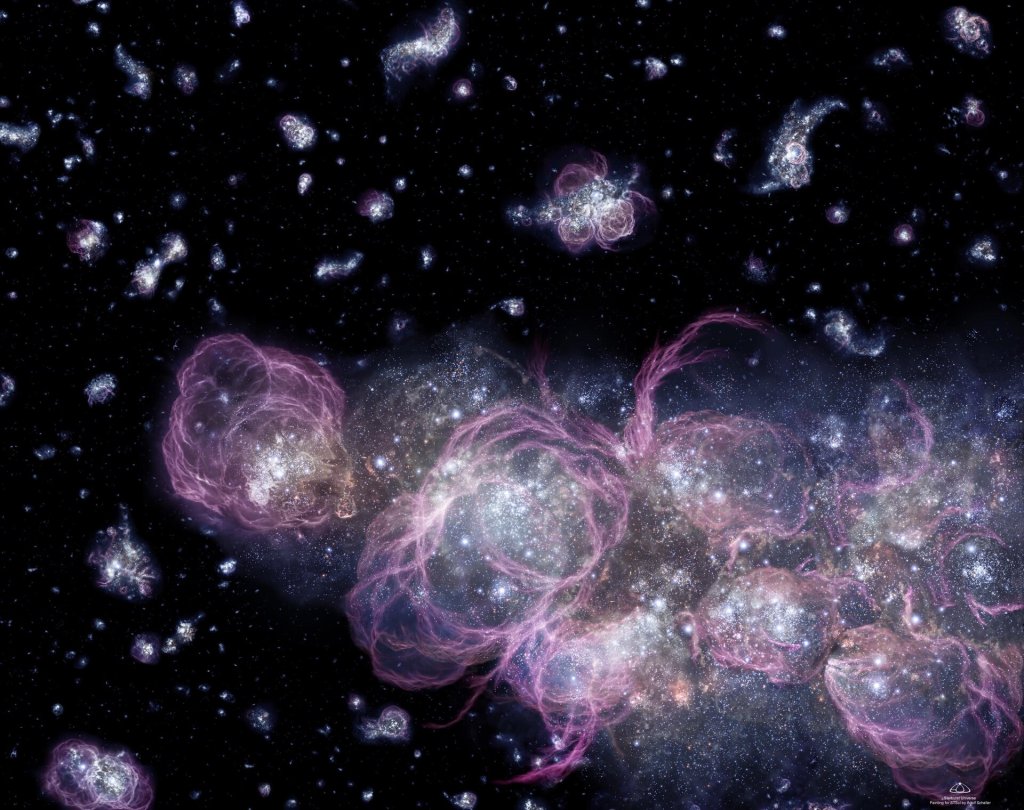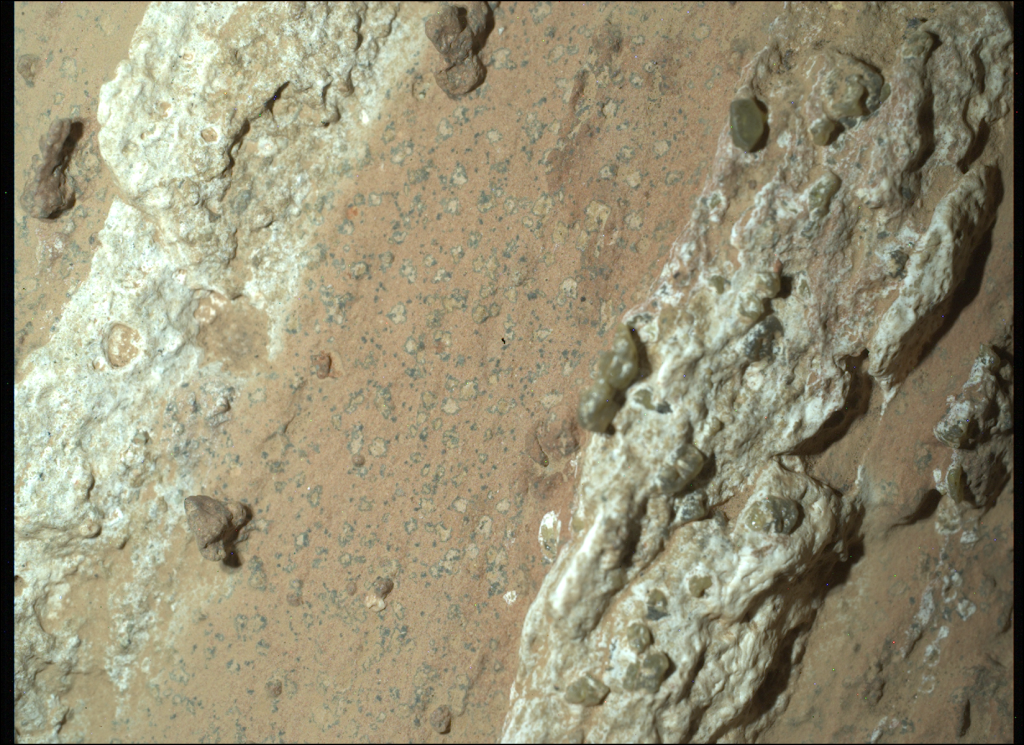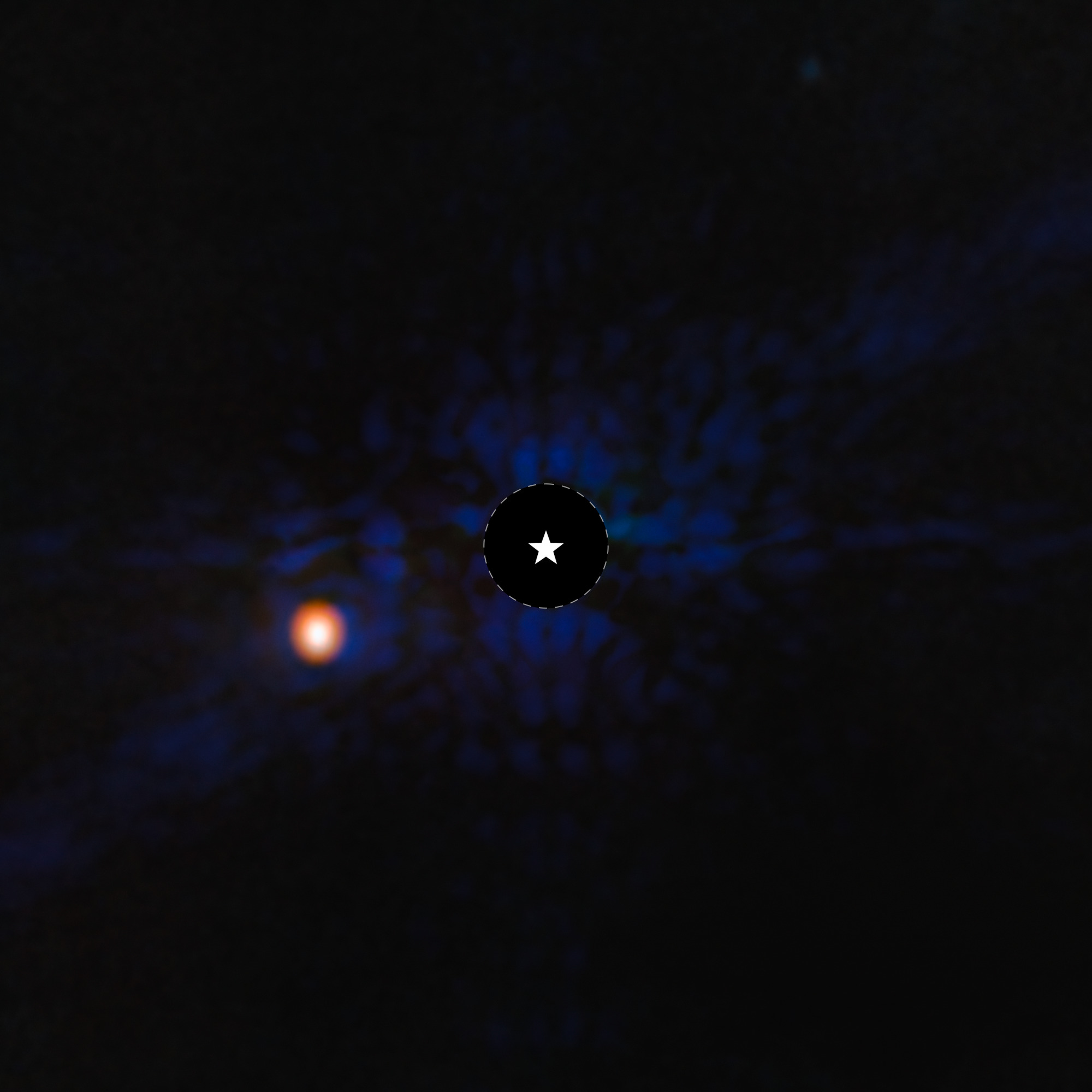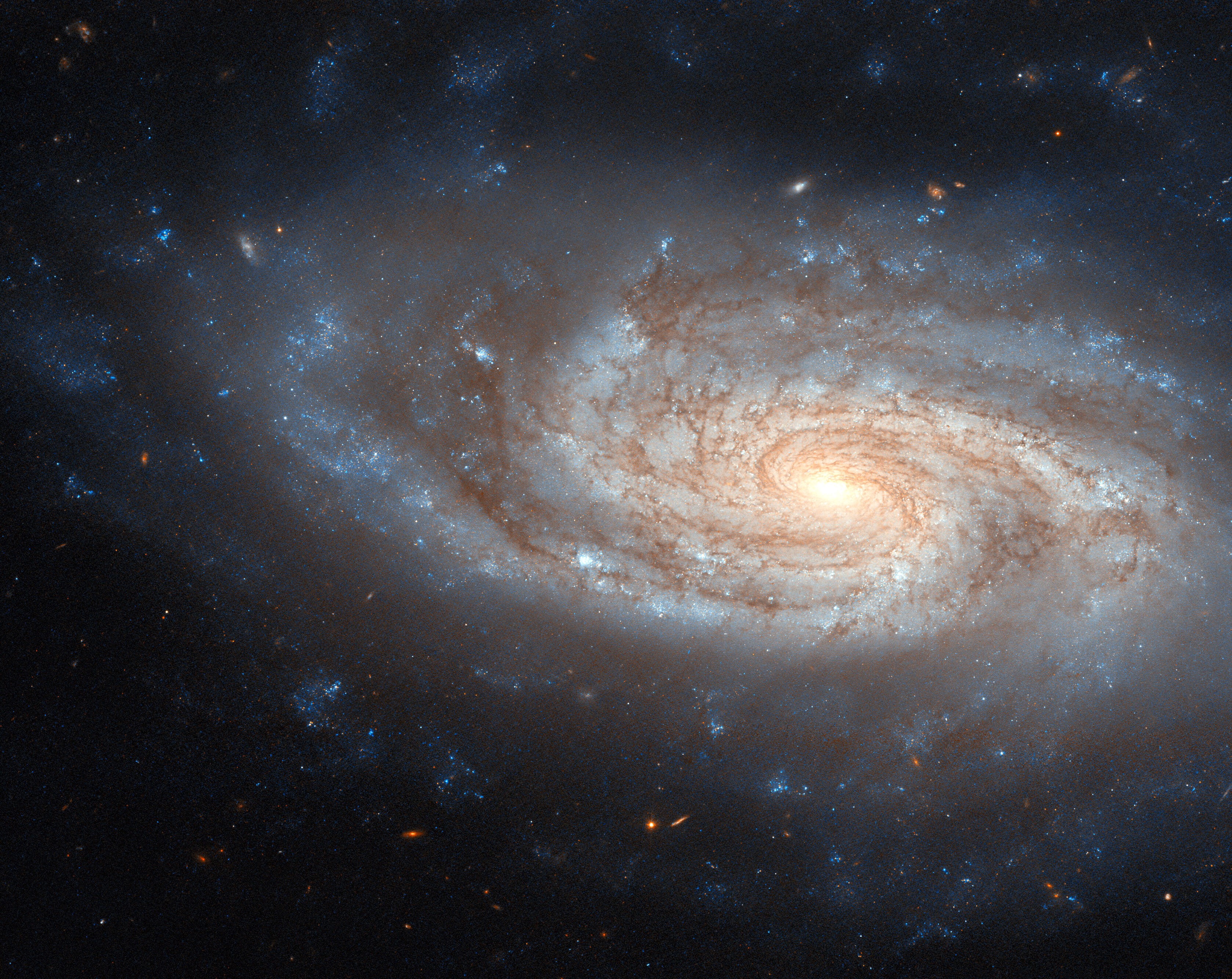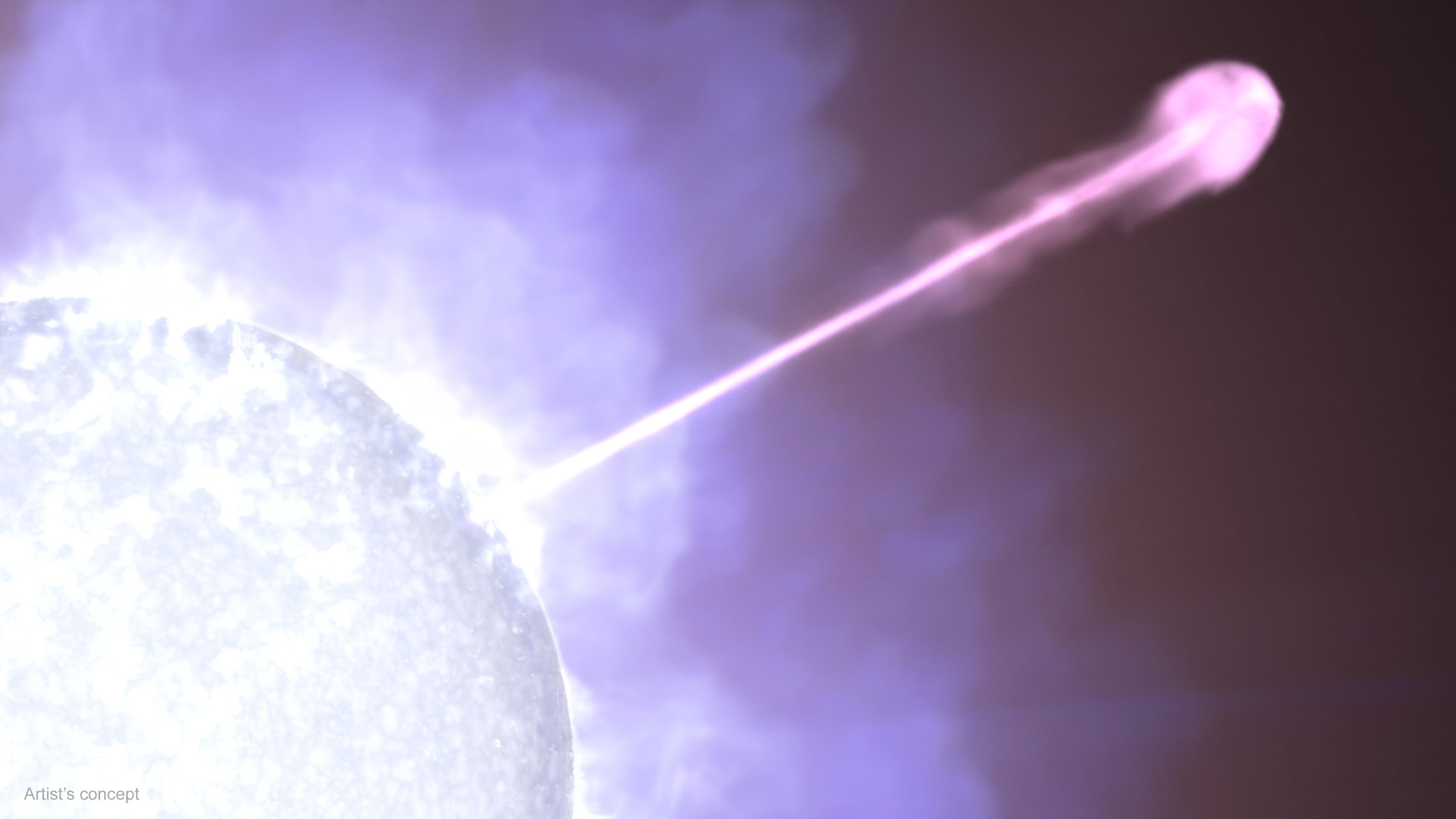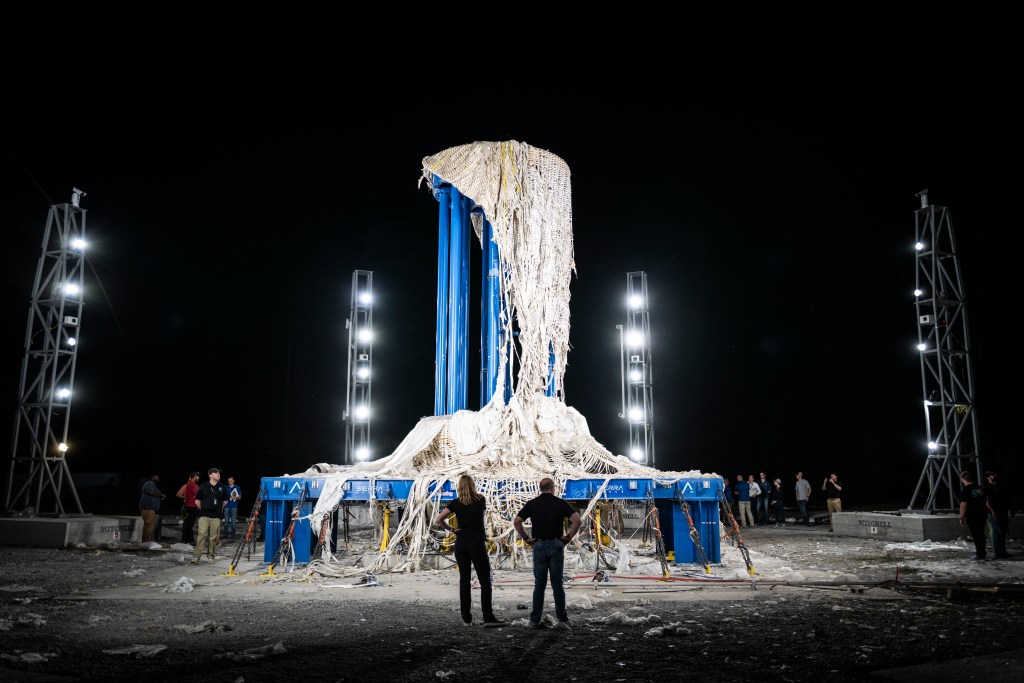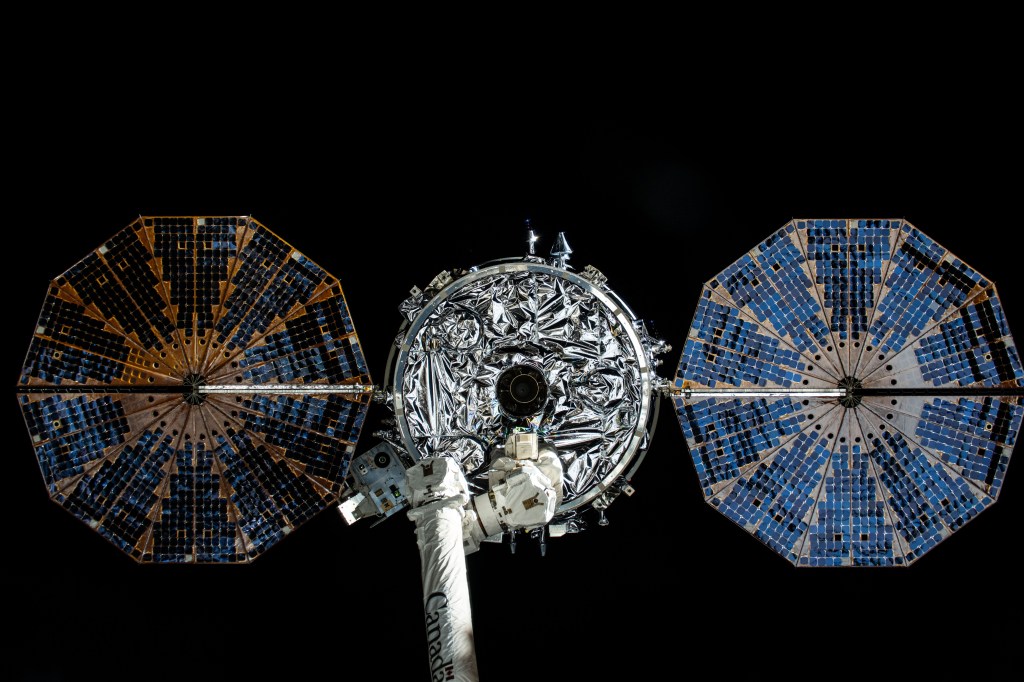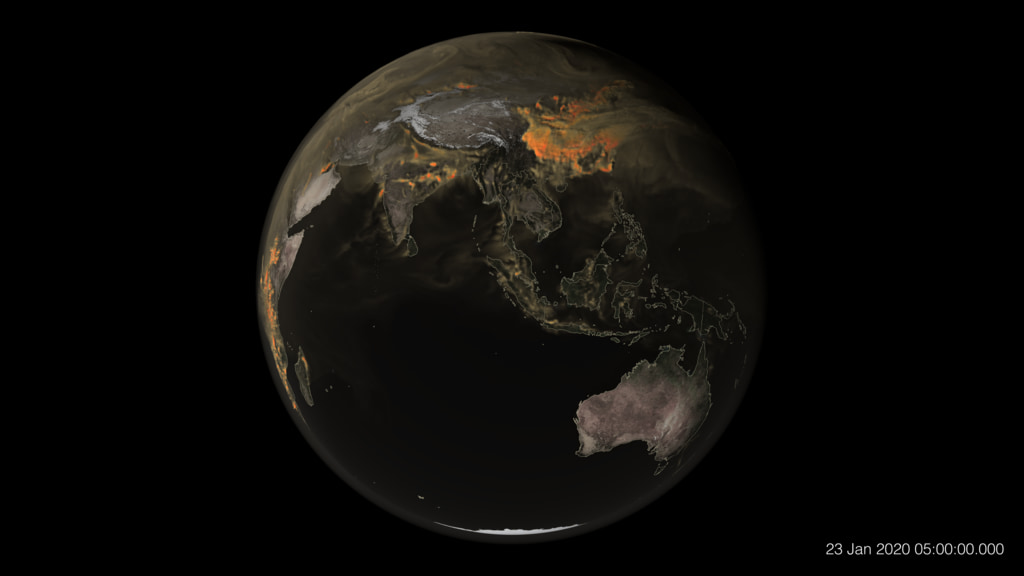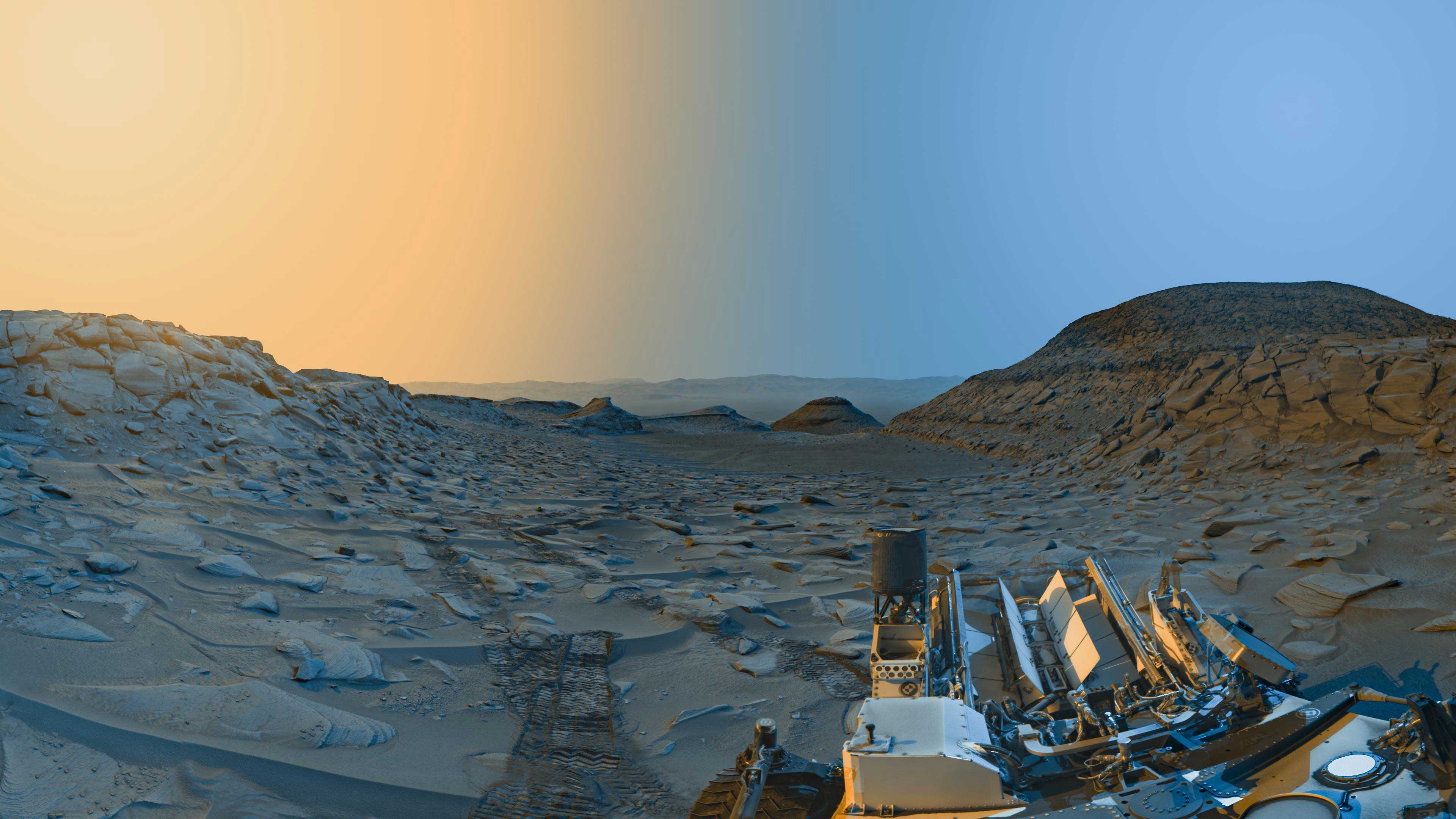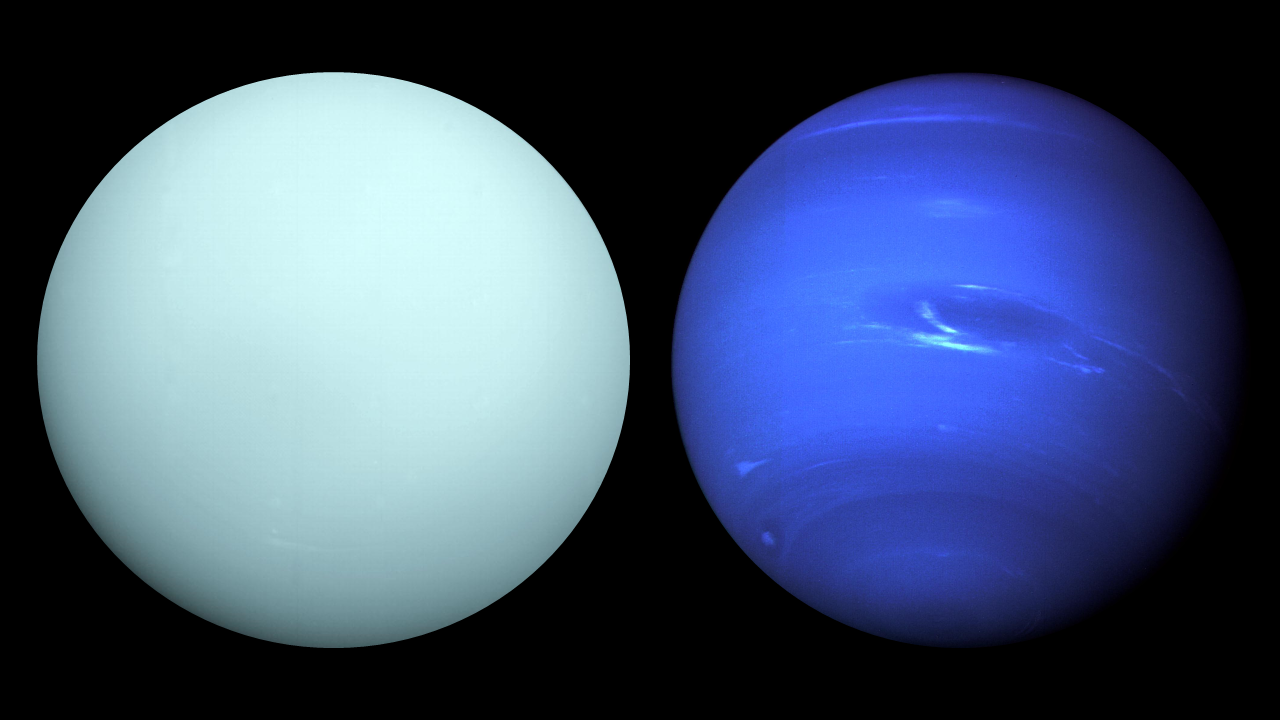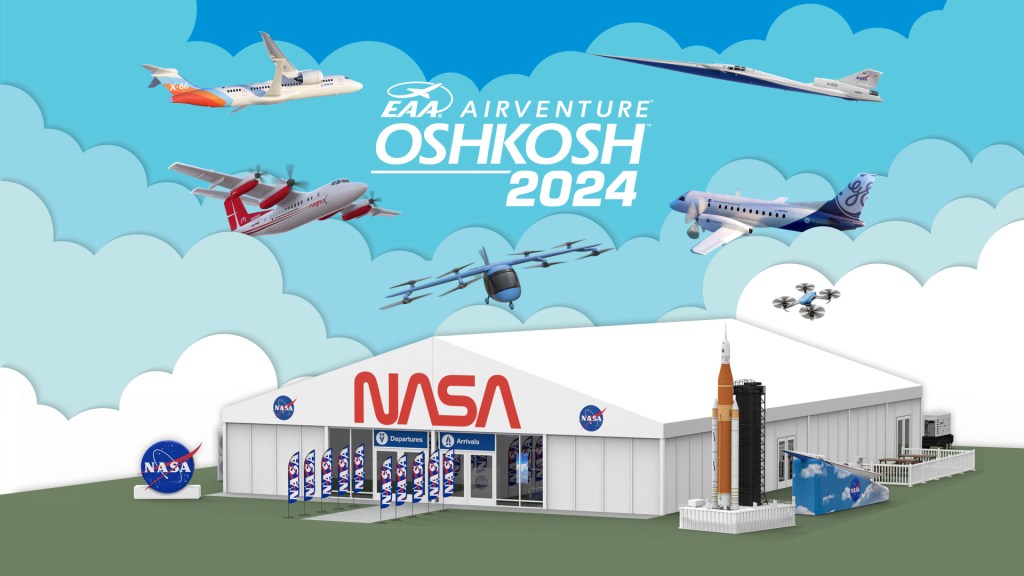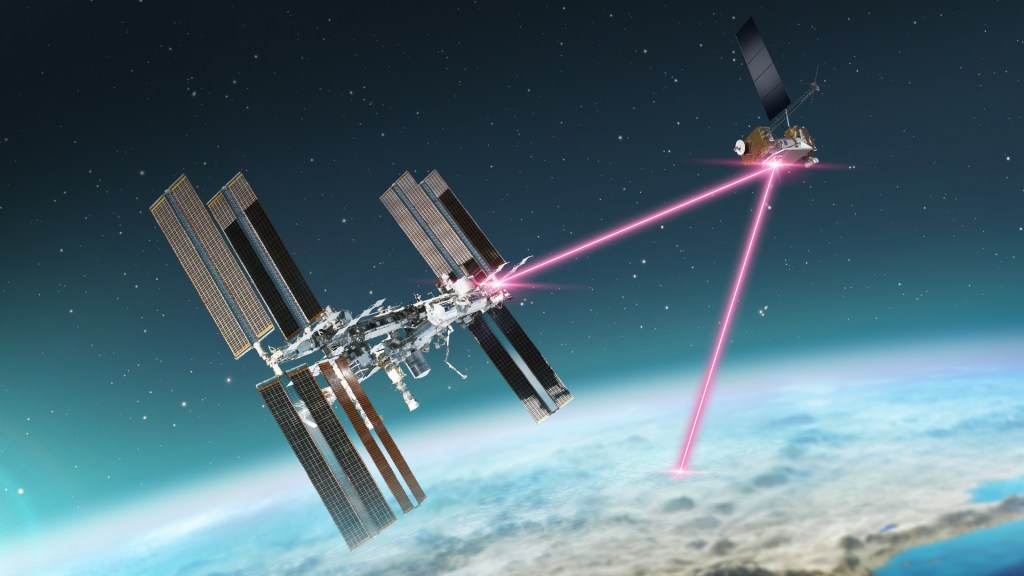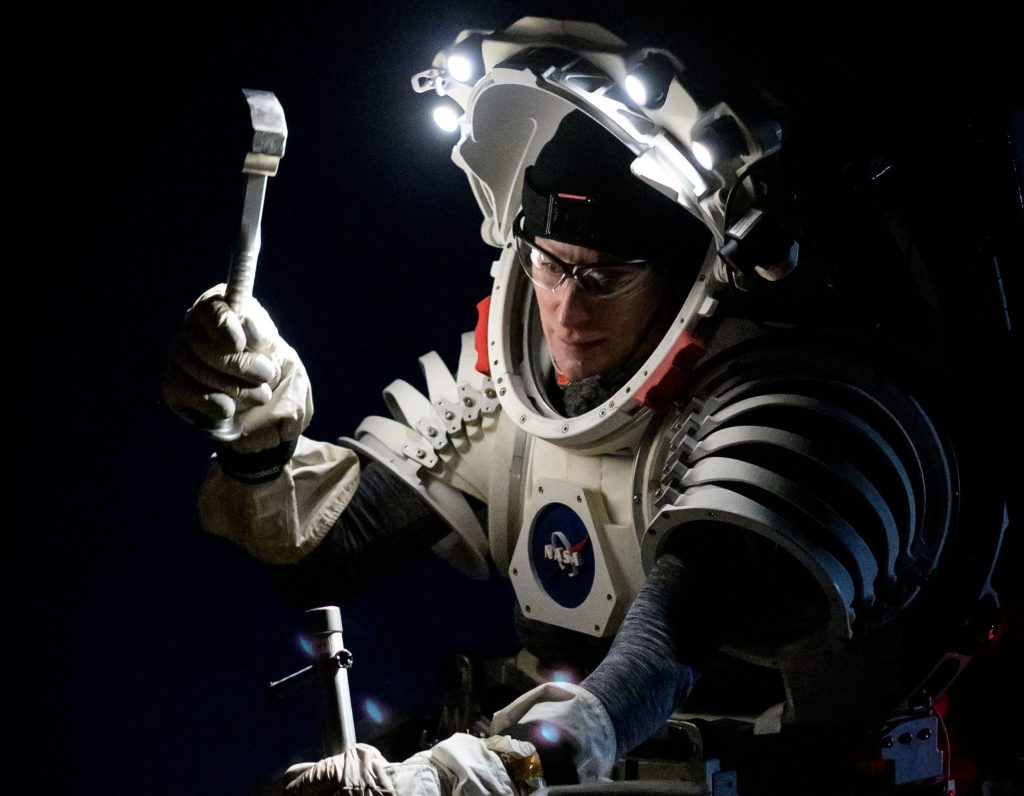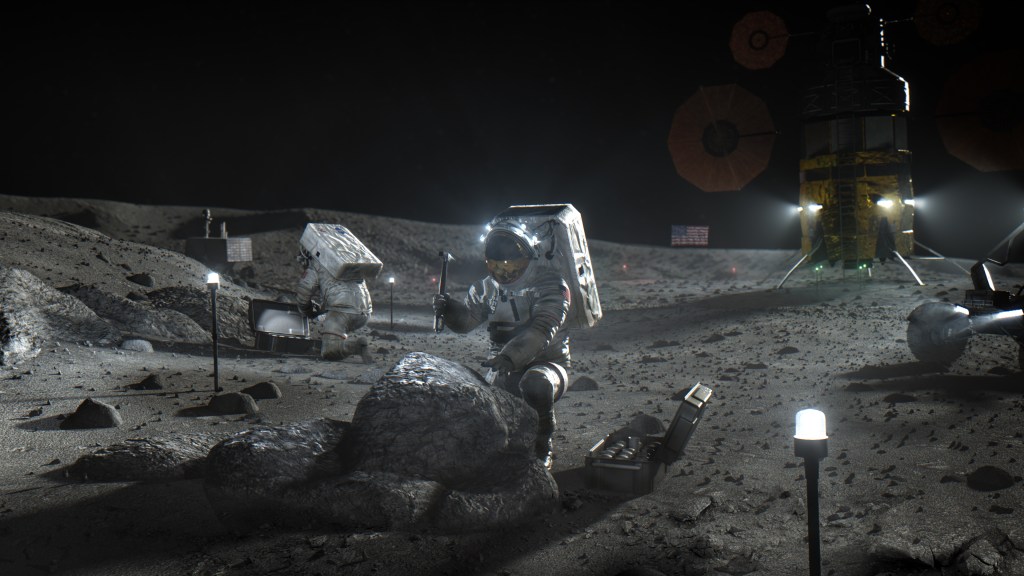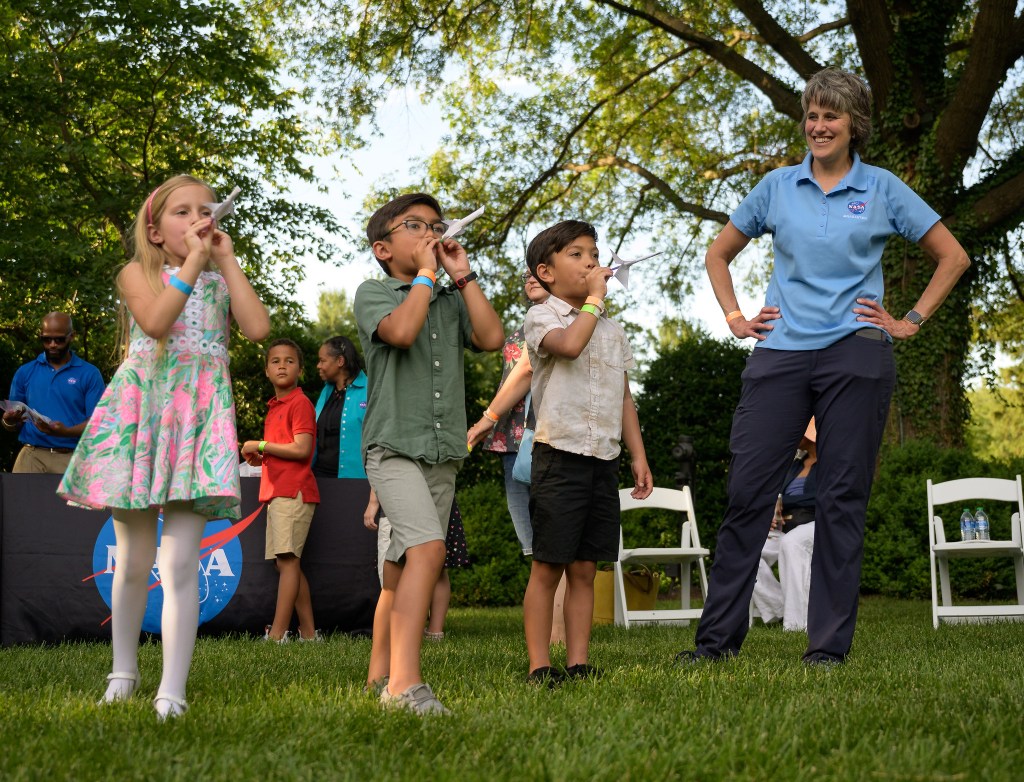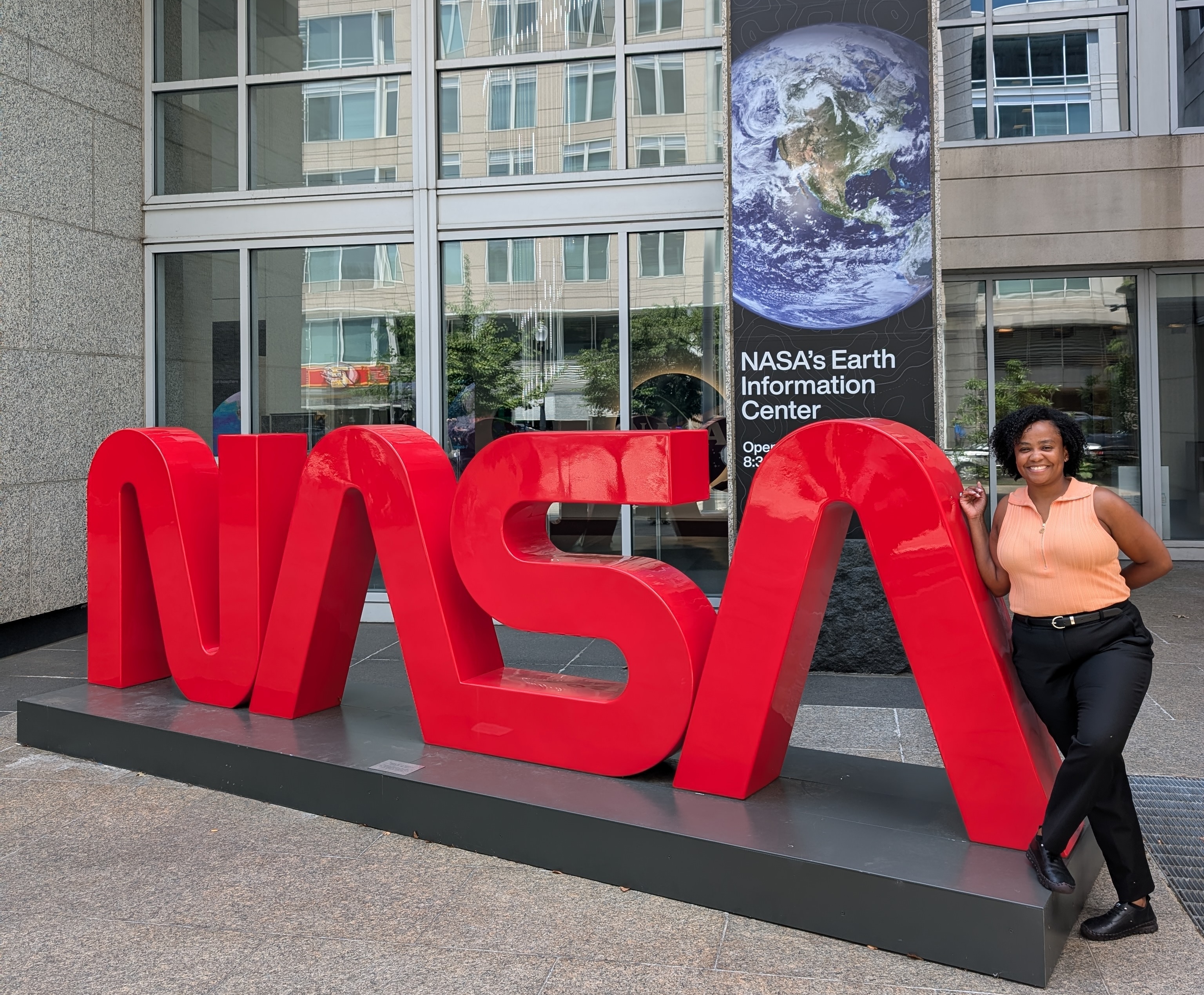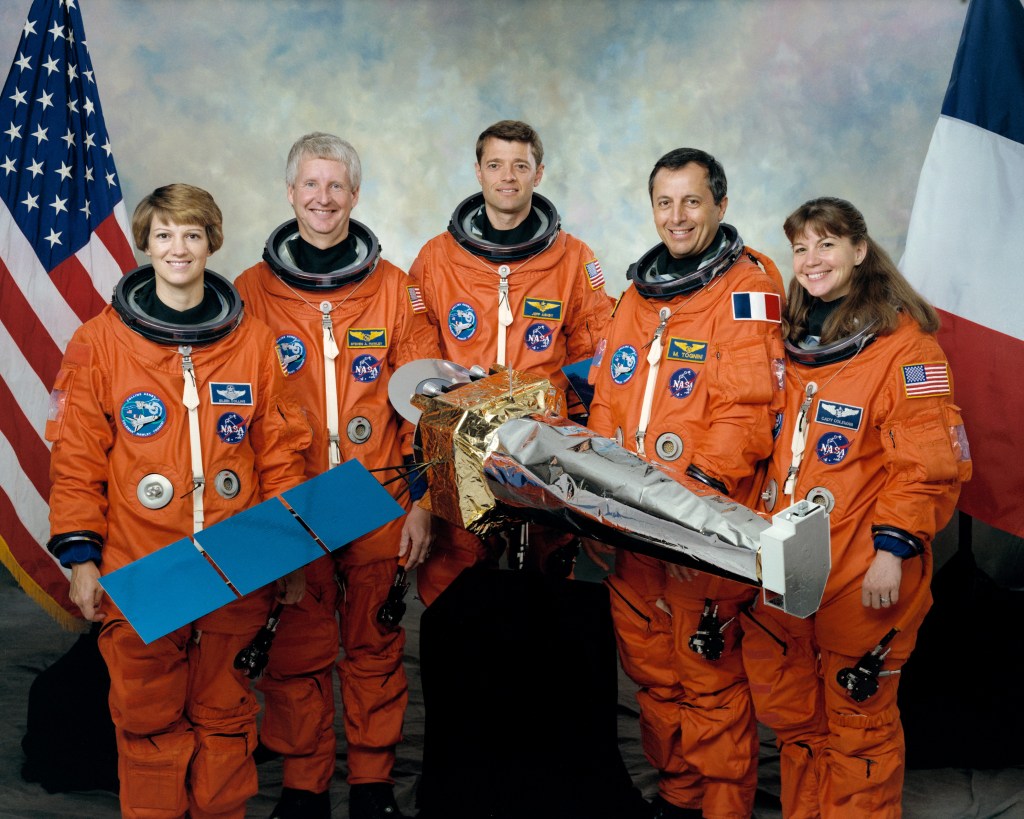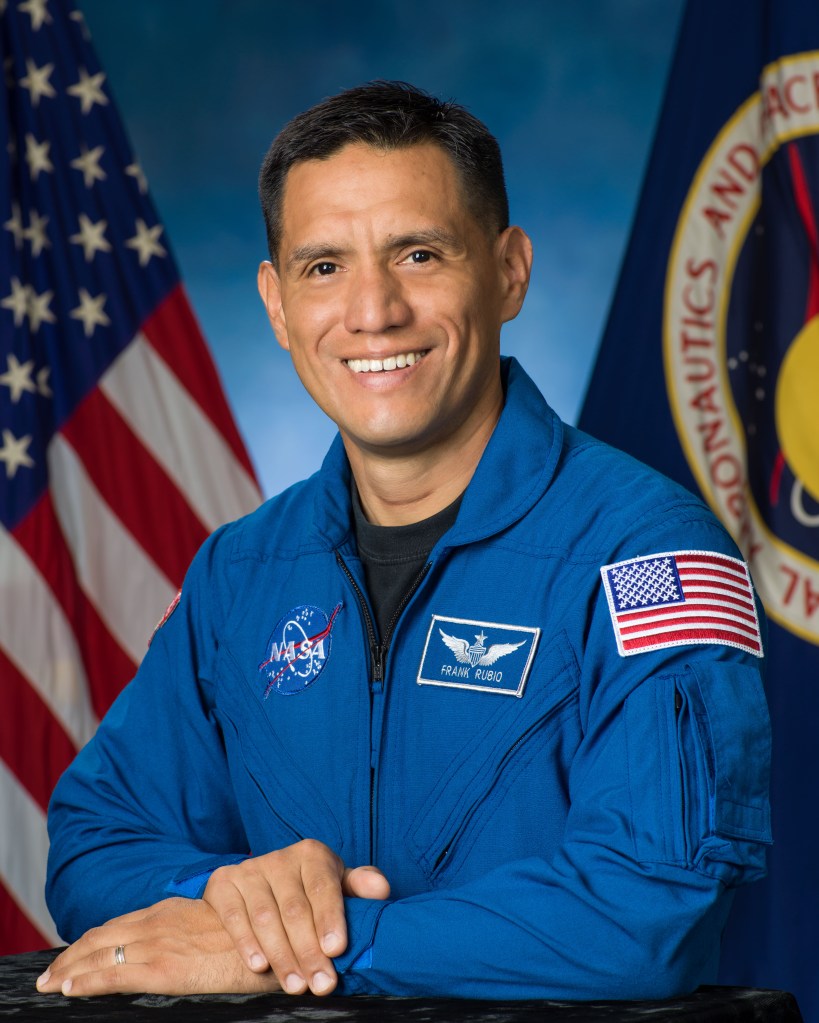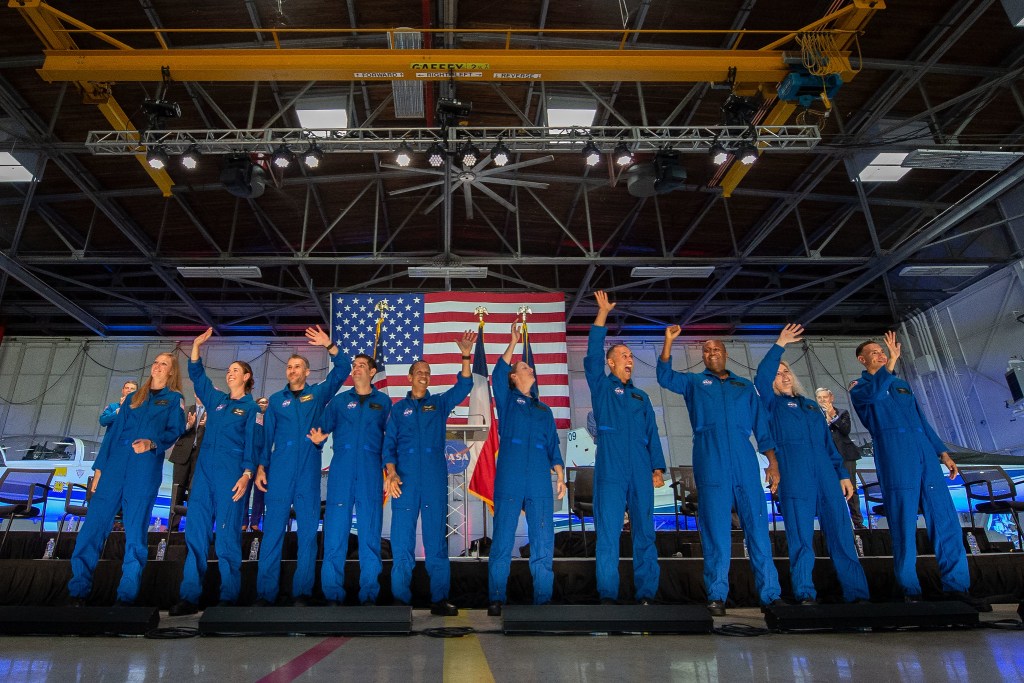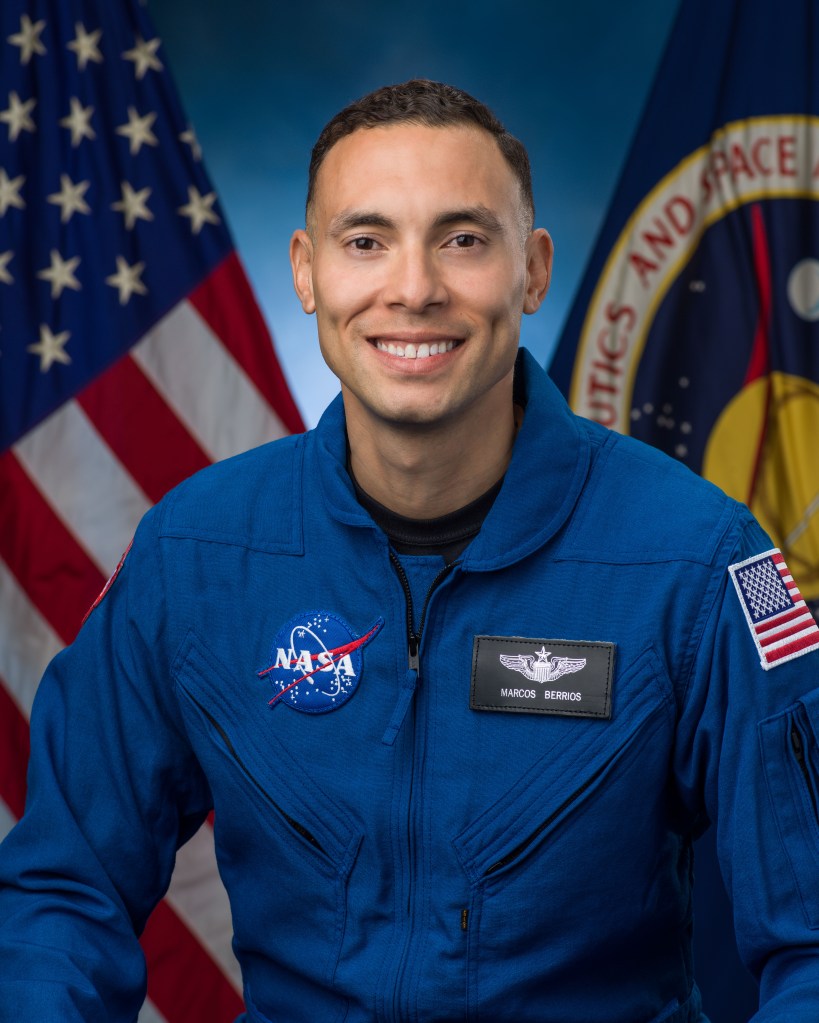Computational Materials Group
Overview
The Computational Materials (CM) Group provides expertise in multiscale modeling, theory and simulation of materials, devices, and biosystems. Our goal is to develop new materials and biosystems for NASA’s high-performance applications.
Our approach is in the spirit of national initiatives such as the Material Genome Initiative (MGI), Integrated Computational Materials Engineering (ICME) and the NASA Vision 2040 Roadmap for Integrated, Multiscale Modeling and Simulations of Materials and Systems.
We participate in multi-disciplinary teams (chemists, physicists, material scientists, engineers) working on both experimental and computational issues. A combination of fundamental modeling, computational high-throughput screening and data science methods, e.g., machine learning, are used to find innovative solutions to NASA or national technology challenges. Our methods range from first principles, ab initio computations (e.g., density functional theory), to computational chemistry to molecular dynamics simulations to multiphysics modeling.
Applications of interest are wide ranging. Advanced energy storage systems, e.g., batteries, are a long standing focus area to support NASA’s goal in green aviation and electric aircraft development. “Beyond Li-ion” battery chemistries such as Li-Air, Li-S, etc., have been considered. Battery activities include computational chemistry of electrolyte decomposition and interfacial processes, molecular dynamics simulations of electrolytes, high-throughput screening and machine learning for novel cathode materials and electrolyte formulations, multiphysics simulations of cells and packs, etc.
Novel metal alloys are a significant focus area including shape memory alloys (actuators), Ni superalloys (high temperature applications), high entropy alloys (additive manufacturing), and magnetic systems. DFT computations, interatomic potential development and MD simulations of thermodynamic and mechanical process are pursued.
We have extensive expertise in polymer simulations and multiscale modeling for ablative materials (phenolic) and structural composites and interfaces (epoxies).
We collaborate widely with researchers at other NASA Centers, other government Agencies, universities, industry, and internationally. Discussions with researchers with common interests are welcome and encouraged.
We frequently have open positions for researchers, visitors, postdocs, and interns.
Recent Publications
- J. H. Stenlid, P. Zguns, A. Aggarwal, K. Gordiz, D. Vivona, A. Baskin, Y. Shao-Horn, J.W. Lawson. Atomic-scale modeling of charge transfer at the LixCoO2-electrolyte interface (0.5<x<1.0). ACS Mater. Lett. 9, (2024), p. 3608
- Z. Wu, O. Benafan, J.W. Lawson. A first principles study of the phase transitions in ultra-high temperature shape memory alloy RuNb. Acta Mater. 276, (2024), p. 120140
- V.V. Borovikov, M.I. Mendelev, T.M Smith, J.W. Lawson. Effect of Cr on twinning in Ni-based superalloys. Scr. Mater. 250, (2024), p. 116199
- Z. Wu, H. Malmir, O. Benafan, J.W. Lawson.Ab initio investigation of the martensitic phase transitions in ternary high temperature shape memory alloys PdxNi0.5-xTi0.5. Phys. Rev. Mater. 8, (2024), p. 063605
- A.T.R. Guibert, A. Cronk, M. Bookwala, M.R. Mohit, Y.S. Meng, J.W. Lawson, H.A. Kim. Thermo-electrochemical level set topology optimization of a heat exchanger for lithium-ion batteries for eVTOL vehicles. Appl. Therm. Eng., 250 (2024), p 123461
- V.V. Borovikov, M.I. Mendelev, N.A. Zarkevich, T.M Smith, J.W. Lawson. Effect of Nb solutes on the Kolbe mechanism for micro-twinning in Ni-based superalloys. Int. J. Plastic., 178 (2024), p. 10404
- M. Khasin, M.R. Mehta, C. Kulkarni, J.W. Lawson. Dynamical model reduction for long horizon thermal prognostics for Li-ion batteries. J. Power Sources, 604 (2024), p 234442
- O. Benafan, G.S. Gigelow, A. Garg, L.G. Wilson, R.B. Rogers, E.J. Young-Dohe, D.F. Johnson, D.A. Sheiman, J.W. Lawson, Z. Wu. Ultra-high temperature shape memory behavior in Ni-Ti-Hf alloys. Shap. Mem. Superelasticity, (2024), p 2199
- A. Ravichandran, S. Honrao, S.R. Xie, E. Fonseca, J.W. Lawson. Computational design of low melting eutectics of molten salts: a combined machine learning and thermodynamic modeling approach. J. Phys. Chem Lett., 15 (2024), p 121
- A. Ravichandran, J.C. Araque, J.W. Lawson. Interpretable graph neural networks for predicting the functional state of protein kinases. Proteins: Structure, Function, and Bioinformatics, (2023), p 1
- Z. Wu, H. Malmir, O. Benafan, J.W. Lawson. Predicting the martensitic transition temperatures in ternary shape memory alloys Ni0.5Ti0.5-xHfx from first-principles calculations. Acta Mater., 261 (2023), p 119362
- Z. Wu, O. Benafan, J.W. Lawson. Origin of the asymmetry in martensitic phase transitions in off-stoichiometric NiTi near equiatomic composition. Phys. Rev. B, 108 (2023), p L140103
- G. Plummer, M.I. Mendelev, J.W. Lawson. Microstructural mechanisms of hysteresis and transformation width in NiTi alloys from molecular dynamics simulations. J. Phys.: Condens. Matter, 35 (2023), p 495404
- N.A. Zarkevich, T.M. Smith, J.W. Lawson. Energy landscape in NiCoCr-based middle entropy alloys. J. Alloys Compd, 963 (2023), p 171150
- N.A. Zarkevich, T.M. Smith, J.W. Lawson. Energy-composition relation in Ni3(Al(1-x) Xx) phases. Crystal, 13(6) (2023), p. 943
- T.M. Smith, C.A. Kantzos, N.A. Zarkevich, P. Gradl, A.C. Thompson, T.P. Gabb, J.W. Lawson. GRX-810: a 3D printable alloy designed for extreme environments. Nature, 617 (2023), p 513-518
- V.V. Borovikov, M.I. Mendelev, T.M. Smith, J.W. Lawson. Molecular dynamics simulation of twin nucleation and growth in Ni-based superalloys. Int. J. Plastic., 166 (2023), p 103645
- V.V. Borovikov, M.I. Mendelev, T.M. Smith, J.W. Lawson. Dislocation-assisted diffusion-mediated atomic reshuffling in the Kolbe mechanism for micro-twinning in Ni-based superalloys. Scr. Mater., 232 (2023), p 115475
- K.B. Knudsen, P.L. Arrechea, R.P. Viggiano, D.A. Dornbusch, J.W. Mullinax, C.W. Bauschlicher, J.B. Haskins, B. Nguyen, J.W. Lawson, B.D. McCloskey. Amide and urea based solvents for Li-O2 batteries. Part I: experimental evaluation. J. Phys. Chem. C, 127 (2023), p 7037
- J.W. Mullinax, C.W. Bauschlicher, K.B. Knudsen, P.L. Arrechea, R.P. Viggiano, D.A. Dornbusch, J.B. Haskins, B. Nguyen, B.D. McCloskey, J.W. Lawson. Amide and urea based solvents for Li-O2 batteries. Part II: evaluation of decomposition pathways using density functional theory. J. Phys. Chem. C, 127 (2023), p 7043
- J.P. Tavenner, M.I. Mendelev, J.W. Lawson. Molecular dynamics based kinetic Monte Carlo simulations for accelerated diffusion. Comput. Mater. Sci., 218 (2023), p 111929
- S.R. Honrao, O. Benafan, J.W. Lawson. Data-driven study of shape memory behavior in multi-component Ni-Ti alloys in large compositional and processing spaces. Shap. Mem. Superelasticity, 9 (2023), p 144
- G. Plummer, M.I. Mendelev, J.W. Lawson. Molecular dynamics simulations of austenite-martensite interface migration in NiTi alloy. Phys. Rev. Mat., 6 (2022), p 123601
- Park, Z. Wu, J.W. Lawson. Mixed-domain charge transport in the S-Se system from first principles. ACS Mater. Lett., 4 (2022), p 2579
- J.W. Mulllinax, C.W. Bauschlicher, J.W. Lawson. Modeling singlet oxygen induced degradation pathways of 1,2-dimethoxyethane in Li–O2 batteries through density functional theory. J. Phys. Chem. A, 126 (2022), p 7997
- Z. Wu, J.W. Lawson. Theory of phase transitions in shape memory alloys NiTi. Phys. Rev. B Lett., 106 (2022), p L140102
- C.W. Jang, J.W. Mullinax, J.H. Kang, F.L. Palmieri, T.B. Hudson, J.W. Lawson. Microscopic deformation and failure modes of high-functionality epoxy resins from bond breaking molecular dynamics simulations and experimental investigations. Polym. Eng. Sci., 62:12 (2022), p 3952
- C.W. Jang, J.W. Mullinax, J.W. Lawson. Mechanical properties and failure of aerospace grade epoxy resins from reactive molecular dynamics simulations with nanoscale defects. ACS Appl. Polym. Mater., 4 (2022), p 5269
- S. Yang, X. Zhao, Y.H. Lu, E. Barnard, P. Yang, A. Baskin, J.W. Lawson, D. Prendergast, M. Salmeron. The nature of the electrical double layer on suspended graphene electrodes. J. Am. Soc. Chem., 144 (2022), p 13327
- J. Holoubek, A. Baskin, J.W. Lawson, H. Khemchandani, T.A. Pascal, P. Liu, Z. Chen. Predicting the ion desolvation pathway of lithium electrolytes and their dependence on chemistry and temperature. ACS Energy Lett., 13 (2022), p 4426
- T.D. Stoffel, J.B. Haskins, J.W. Lawson, S. Markutsya. Coarse-grained dynamically accurate simulations of ionic liquids at vacuum interfaces. J. Chem. Phys. B, 126 (2022), p 1819
Team
Group Lead
John Lawson
Group Members
Valery Borovikov
Michael DeLyser
Kevin Ly
Mohit Mehta
Mikhail Mendelev
Wayne Mullinax
Junsoo Park
Gabriel Plummer
Tyler Quarton
Ashwin Ravichandran
Emmanuel Skountzos
Joakim Halldin Stenlid
Jacob Tavenner
Zhigang Wu
Stephen Xie
Alumni
Juan Carlos Araque
Pedro Arrechea
Artem Baskin
Eric Bucholz
Jonathan Grunewald
Shreyas Honrao
Chang Woon Jang
Thilanga Liyana-Arachchi
Hessam Malmir
Hieu Pham
Bala Radhakrishnan
Luis Sandoval
Alex Thompson
Handan Yildirim
External Collaborators
Argonne National Lab
Army Research Lab
Brown University
Clemson University
Deakin University, Australia
ETH-Zurich, Switzerland
IBM Almaden Research Center
Lawrence Berkeley National Laboratory
Massachusetts Institute of Technology
New Mexico State University
Nissan Silicon Valley Center
Northeastern University
Purdue University
San Jose State University
Stanford University
University of California at Berkeley
University of California at San Diego
University of Florida
University of Kentucky
West Virginia University
Contact
john.w.lawson@nasa.gov

